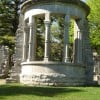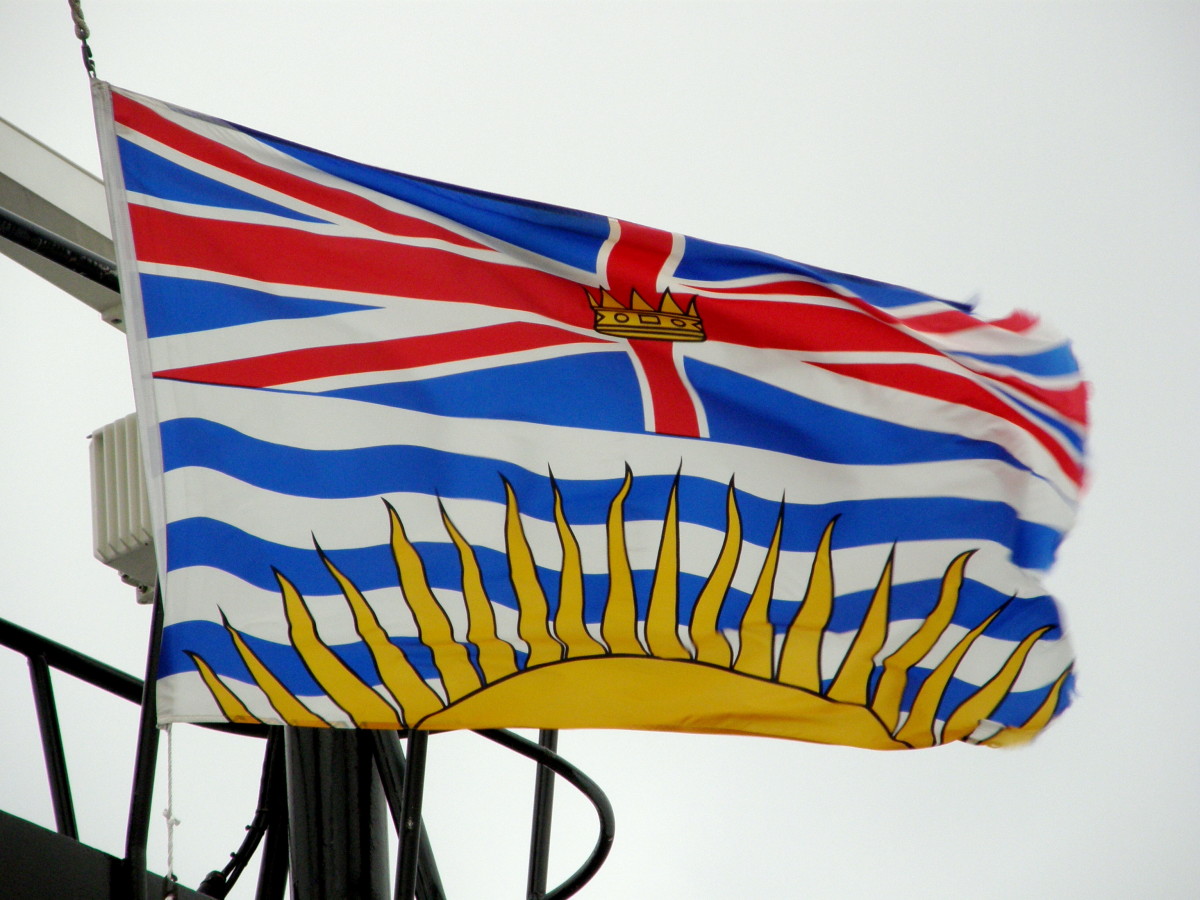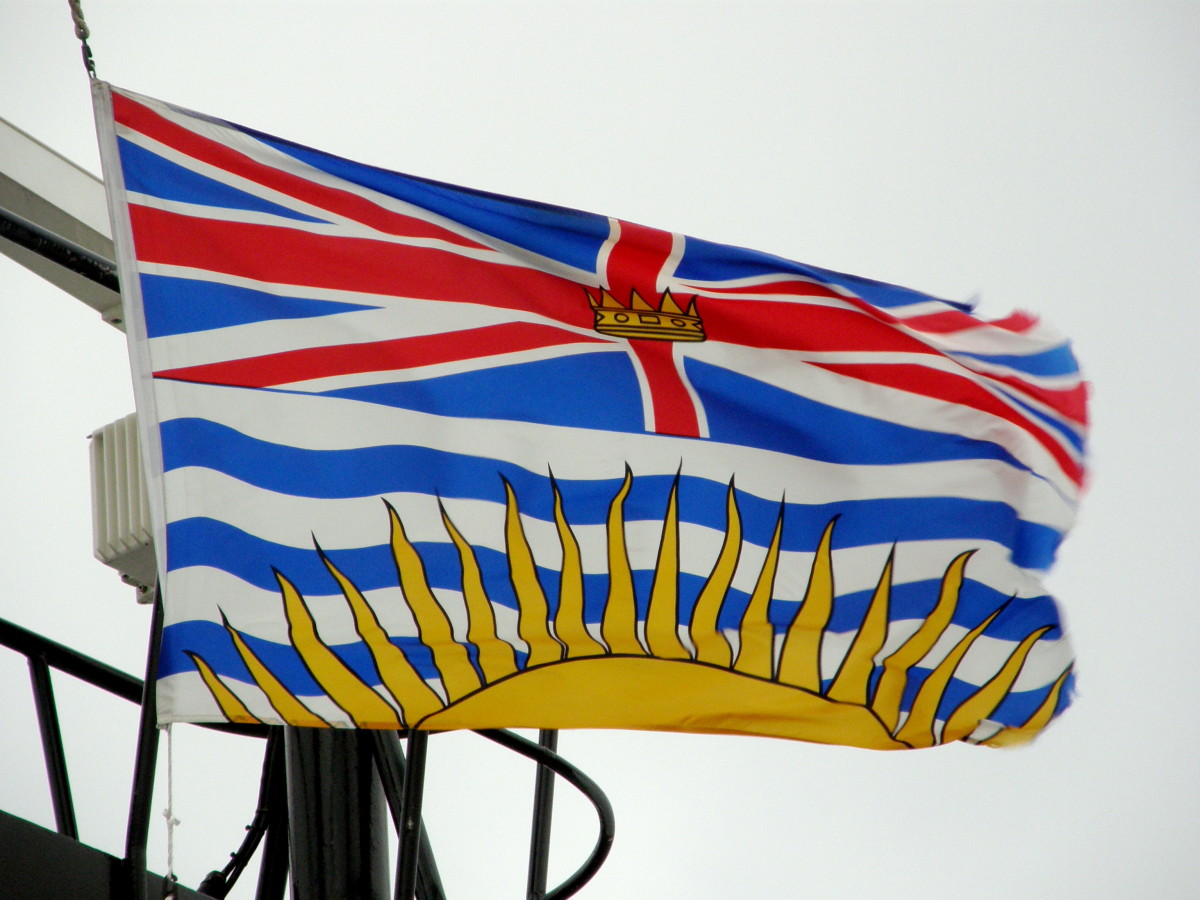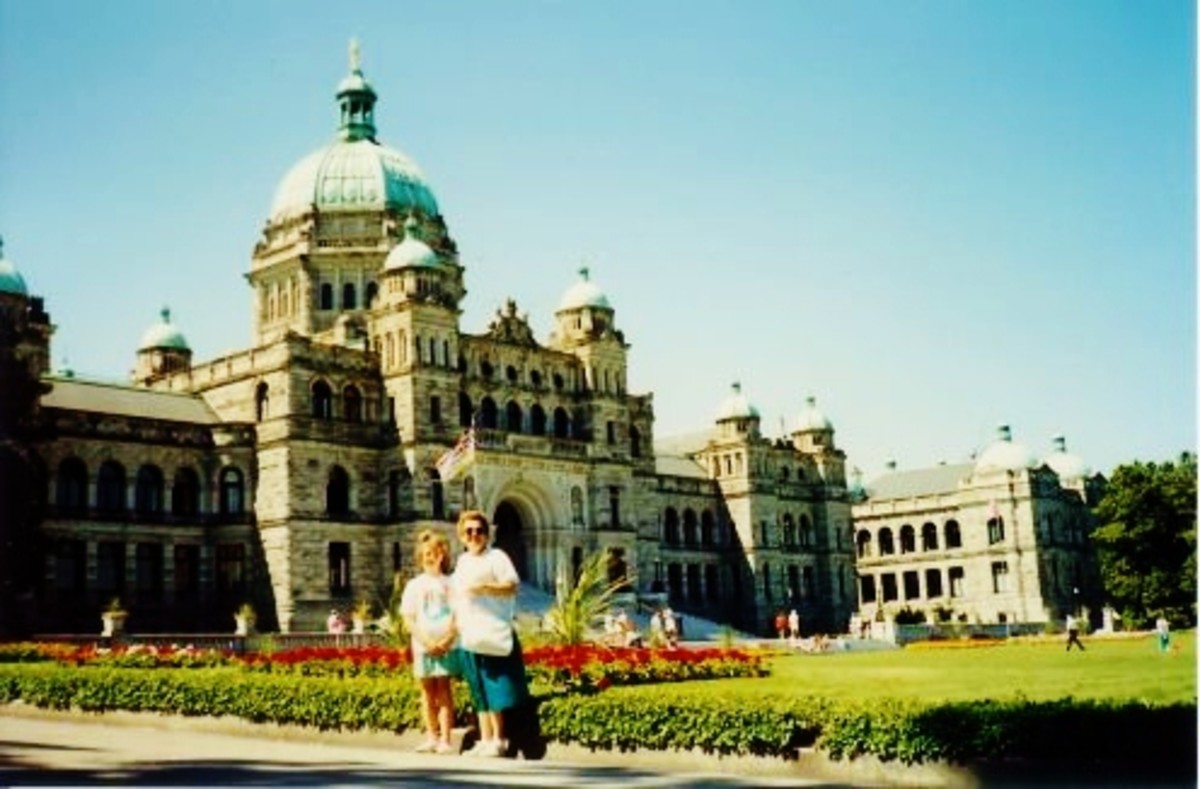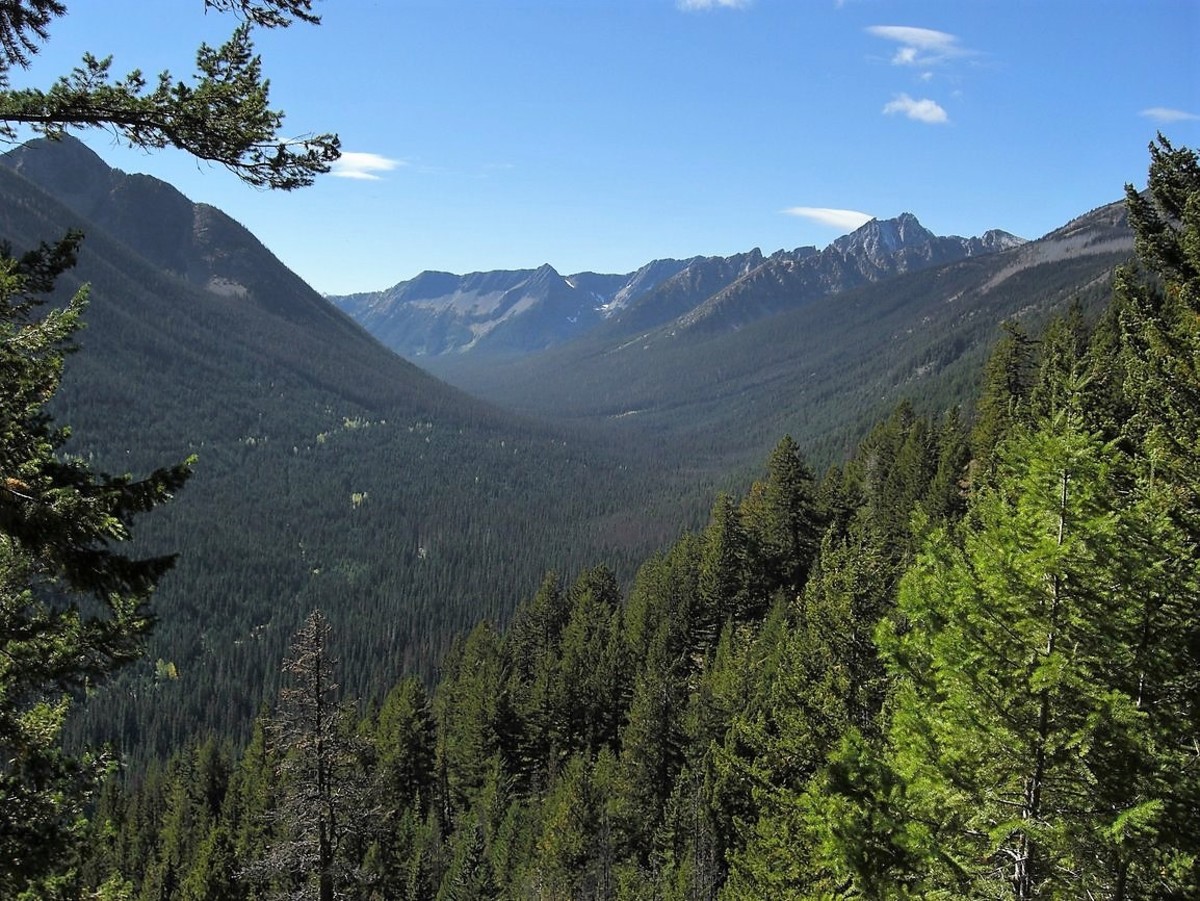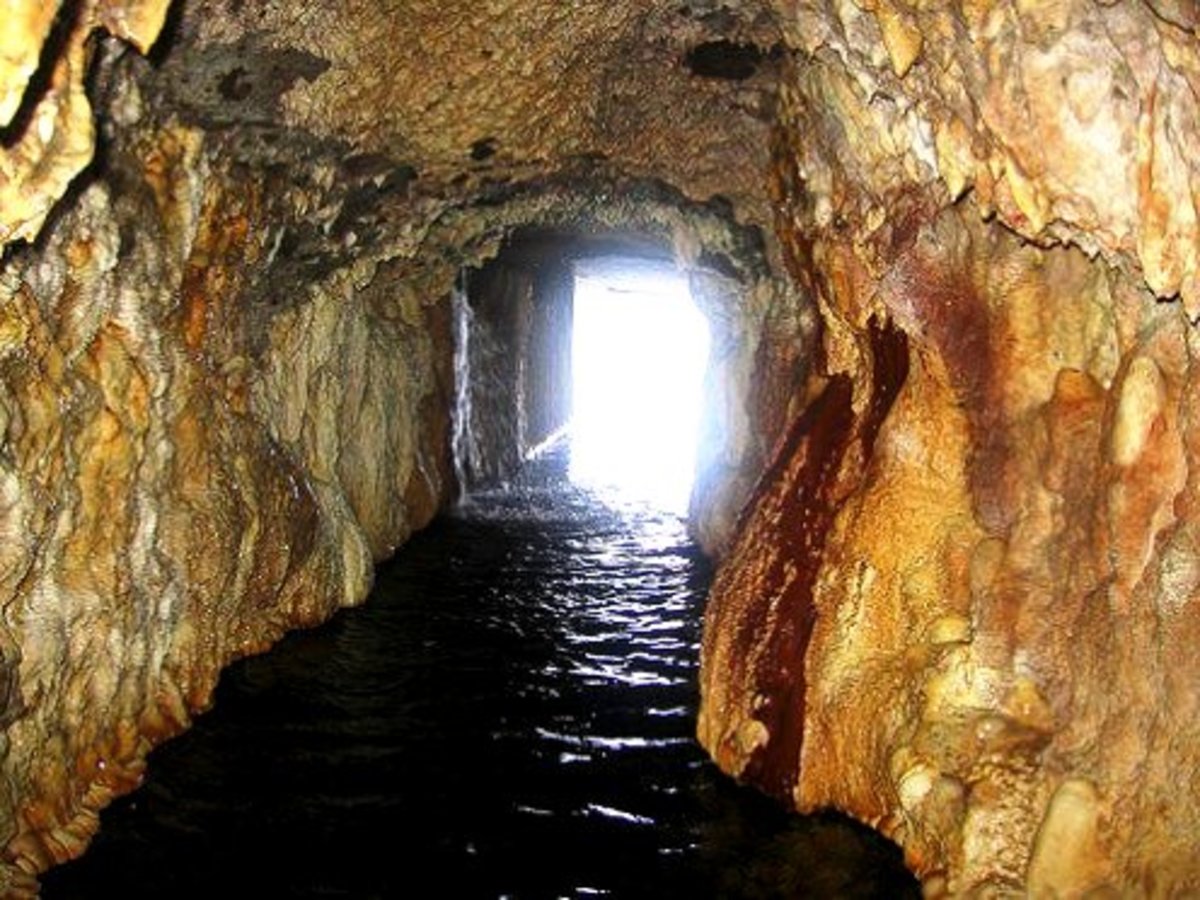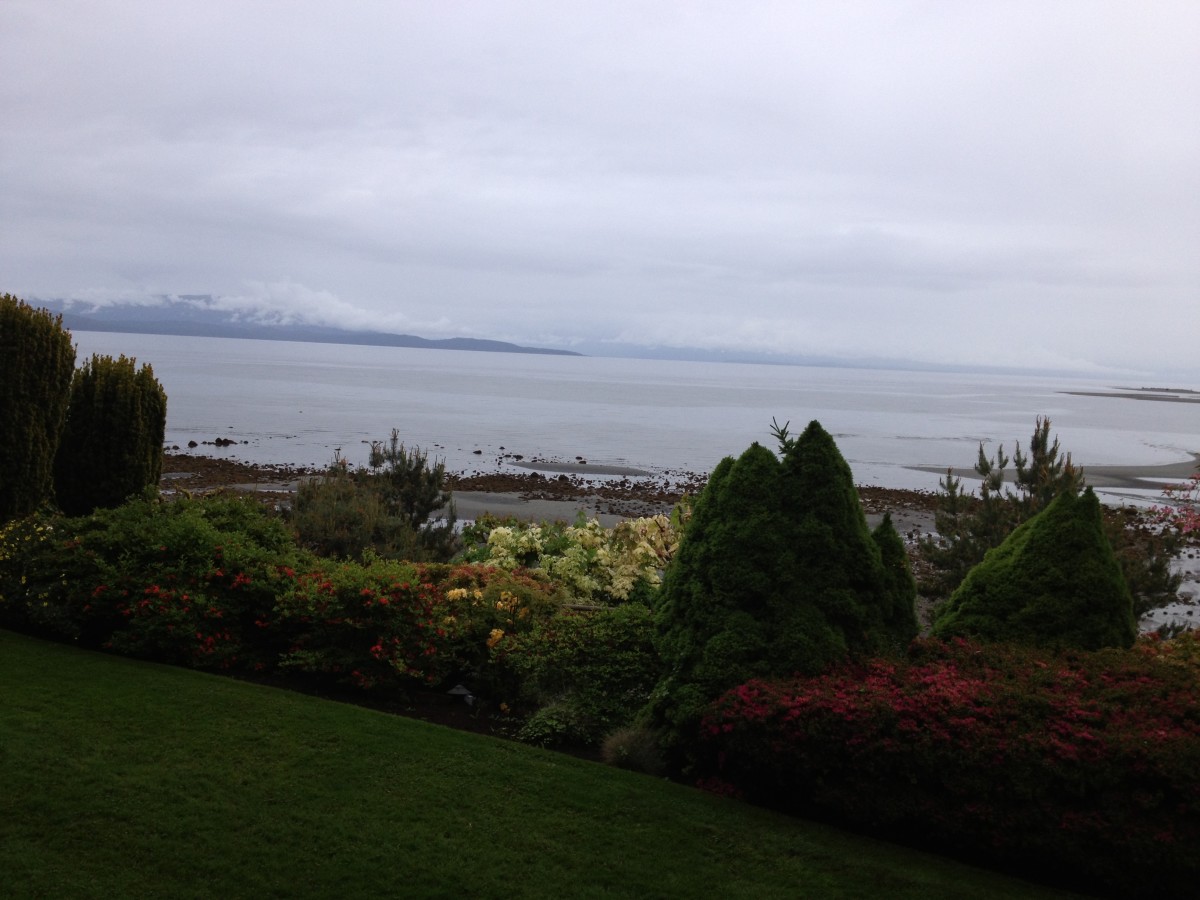Visiting False Creek, Vancouver, British Columbia: A 19th Century Admiralty Hydrographer Admitting His Mistake
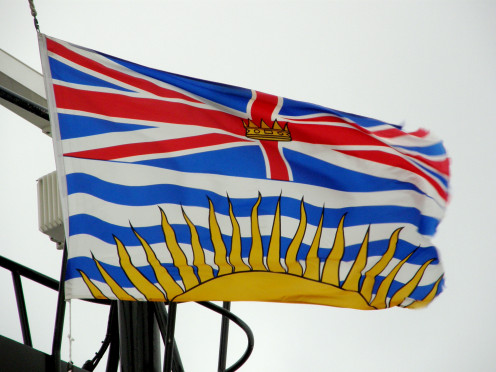
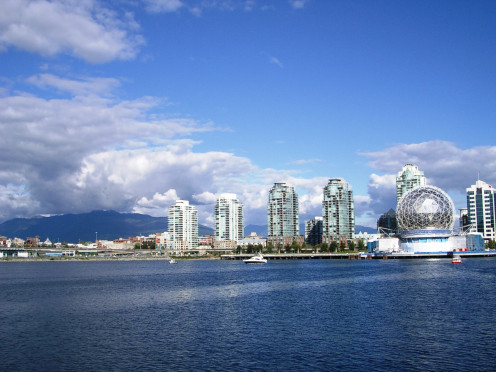
Remembering an honest Admiralty hydrographer (and former pawn in the notorious Opium Wars)
British Admiralty hydrographer George Henry Richards (1820-1896) — eventually Admiral Sir George Henry Richards, Fellow of the Royal Society — was active in charting the coastline of British Columbia from 1857 until 1862. Various place-names today in the Province — originally a Crown Colony in its own right before joining the Dominion of Canada in 1871 — owe their origin to George Henry Richards.
One of these place-names is False Creek. At the time of cartographer Richards' survey, the founding of Granville in 1867, re-named Vancouver in 1886, was still in the future; while Granville was situated close to Burrard Inlet to its immediate north, there was what George Henry Richards thought was a creek to the south of a prominent peninsula (on which Downtown Vancouver now stands).
I myself have walked to what is now the extreme eastern end of this sheltered inlet from the Pacific's Strait of Georgia, by Telus World of Science (1)(see photo, above), and today, as in the 19th century, the waters seem curiously still (although land reclamation work has considerably altered the map).
When hydrographer Richards considered the still waters at the east end of the inlet more closely, he indeed realized that the "creek" he had thought he had discovered was no creek at all.
However, the word "creek" stuck; hydrographer Richards called the inlet "False Creek", and the use of this name has become part of Vancouver's urban life for generations.
George Henry Richards having also served as a Commissioner for the San Juan Islands Boundary Commission, his work was somewhat undermined in 1872 by the adjudication of German Kaiser Wilhelm I (yes, really!) of the border between British Columbia and what later became the State of Washington; the Kaiser awarded all the San Juan Islands to the United States.
False Creek lies in territory of the Musqueam First Nations Band. It is today overlooked by a high-rise, high density urban environment noted for their efficient planning; structures close to it include BC Place (which hosted the 2010 Winter Olympics and Paralympics) and Pacific Central Station (interestingly, this was originally named False Creek Station when it opened in 1919). Granville Island is a sought-after commercial centre for artists and boating enthusiasts. The Granville Street, Burrard Street and and Cambie Street Bridges cross False Creek, as do vessels belonging to the Aquabus and False Creek Ferries companies.
So George Henry Richards readily admitted his mistake about the so called creek which supposedly ran into the water of the inlet situated immediately south of the peninsula on which Downtown Vancouver is built.
But perhaps a bigger mistake in which George Henry Richards participated — albeit not at a senior level — was in one of the infamous Opium Wars, whereby Great Britain imposed so called free trade in opium on China against the wishes of the Chinese Qing Dynasty, with sweeping historical results (2).
Subsequently long-serving British Prime Minister William Ewart Gladstone (1809-1898) called the opium trade an historical episode which was "most infamous and atrocious" and because of the Opium Wars professed to be "in dread of the judgments of God upon England for our national iniquity towards China", calling the British-initiated hostilities "a war more unjust in its origin, a war more calculated in its progress to cover this country with permanent disgrace". It was not until Chairman Mao that any Chinese leadership became truly successful in curtailing the opium trade. I am unaware of any record of hydrographer Richards having admitted as regrettable his participation in this bigger — indeed, colossal — Imperialist mistake, but it perhaps serves at least obliquely to shed some uncomfortable, British-created historical context to the rampant anti-Chinese xenophobia which formerly characterized significant elements of British Columbian society in late 19th and early 20th centuries.
February 3, 2020
Notes
(1) The extreme east end of False Creek, already well known to visitors, was made famous in 1986 by the distinctive Expo Centre building for Expo 86, subsequently used by the Telus World of Science.
(2) See also: https://en.wikipedia.org/wiki/First_Opium_War)
Some sourcing: Wikipedia
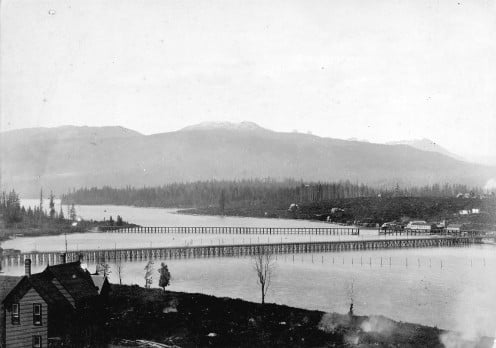
Also worth seeing
Among the numerous, outstanding visitor attractions in Vancouver, a very few of these include: The Lookout, with excellent views of the city, the surrounding Rockies and Burrard Inlet, Stanley Park and Lions Gate Bridge, Gastown; False Creek and Science World; the Vancouver Art Gallery; the 1914 Heritage Hall; the 1907 Dominion Building; the 1911 Sun Tower; the 1914 Waterfront Station; the 1919 Pacific Central Station; Granville Island; and many others.
Vancouver is also ideally situated for day trips to British Columbian mountain destinations such as Whistler (distance: 123.8 kilometres / 76.9 miles) and Peace Arch Park (Peace Arch Provincial Park in Canada and Peace Arch Historical State Park in the United States), shared between the Province of British Columbia at Surrey and the US State of Washington, at Blaine (distance: 48.9 kilometers / 30.4 miles).
............
How to get there
WestJet and Air Canada fly to Vancouver International Airport, Richmond (distance from Downtown Vancouver: 10.8 kilometres / 6.7 miles), with wide North American and other connections, from where car rental is available. Some facilities may be withdrawn without notice. You are advised to refer to appropriate consular sources for any special border crossing arrangements which may apply to citizens of certain nationalities.
MJFenn is an independent travel writer based in Ontario, Canada
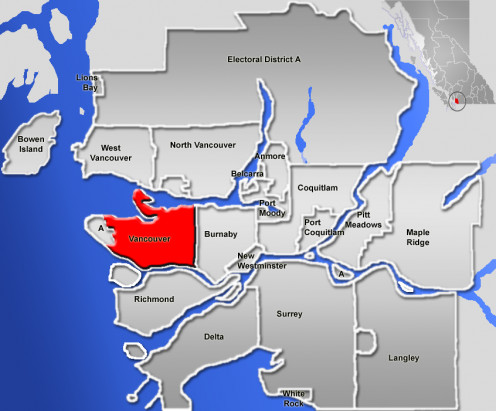
Other of my hubpages may also be of interest
- Visiting Vancouver: Remembering W. T. Whiteway, Designer of the Sun Tower, Fighting Racist B.C. Arch
A study of the background to the 1911/12 Sun Tower — or World Building, as it was originally known — and its architect W. T. Whiteway gives a flavour of their times. - Visiting Downtown Vancouver, British Columbia: The Dominion Building, Completed 1910, Now Overlooked
Overlooked by Vancouver's 1977 Lookout, the 1910 Dominion Building was once the British Empire's tallest commercial building. Its hidden history may reveal something of local fears and anxieties more than a century ago, whether paranoid in nature or
